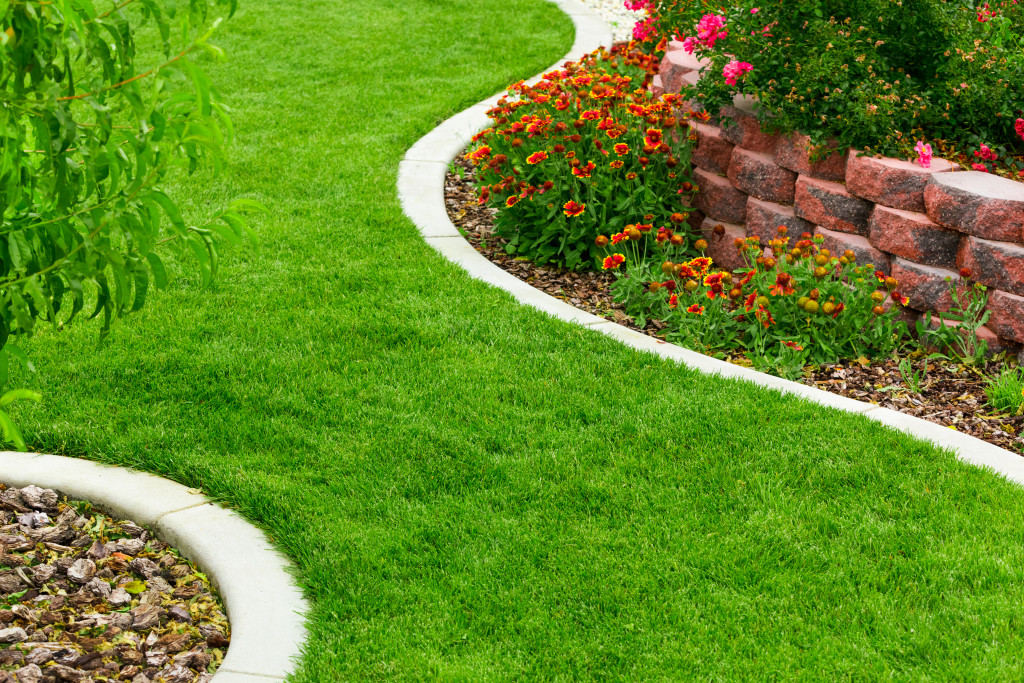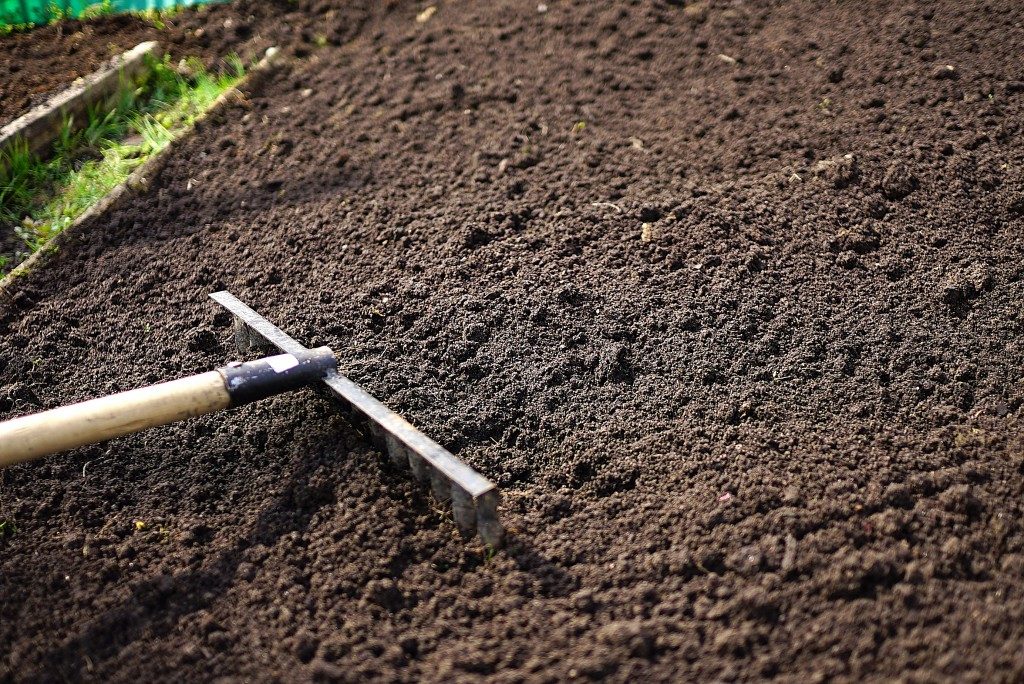With its tranquil ponds, serene stone walkways, and carefully manicured foliage, a Japanese garden is perfect for bringing a little zen into your backyard. And while it may seem like an intimidating task to create a Japanese garden from scratch, it’s not as difficult as you might think. With some elbow grease and a bit of planning, you can have your own oasis in no time.
Here are a few tips to get you started:
1. Choose the Right Plants
When selecting plants for your Japanese garden, choosing varieties that will thrive in your climate is important. Bamboo, for example, is a popular choice for Japanese gardens, but only certain types of bamboo can survive in colder climates. Do your research ahead of time so you can be sure to select plants that will fit well in your landscape.
You can ask your local nursery for recommendations or look online for a list of plants that do well in Japanese gardens. These include maples, azaleas, camellias, and flowering cherry trees. Trees are also essential to Japanese gardens, so select a few that will provide shade and privacy. It can be challenging to care for trees and keep them in a specific style, so consider hiring professional tree care services to help you with this task.
2. Create Focal Points
A Japanese garden should have several focal points—areas that draw the eye and add interest to the landscape. Water features are always popular focal points, but you could also use stone lanterns, carved stones, or even an exciting tree or bush. The key is creating visual interest throughout the space, so the eye is constantly moving.
Different garden areas can have different focal points, but be sure to balance them out, so the space doesn’t feel too busy. Most Japanese gardens have at least one water feature, so if you’re short on ideas, start there. Other popular focal points include stone lanterns, bridges, and koi ponds. If you’re struggling with ideas, do some research online or ask your local nursery for suggestions.

3. Incorporate Stone
Stone is an important element in any Japanese garden. You can use it to create pathways, accentuate focal points, or simply add texture and contrast. When selecting stone for your garden, look for smooth rocks that complement the other elements in your landscape. River rocks are a good option, but you could also use gravel or pebbles. Just be sure to stay away from anything too sharp or jagged.
Although stone material can be expensive, you don’t need to break the bank to incorporate it into your landscape. You can often find free or very cheap stones at local construction sites or stone yards. Just be sure to clean them before using them in your garden. You don’t want to bring any unwanted dirt or debris into your space.
4. Add Water Elements
Water features are not only beautiful additions to a Japanese garden—they’re also incredibly tranquil and relaxing. If you’re short on space, consider adding a small fountain or water basin. If you have room to spare, you could build a pond or even a small waterfall. No matter what size water feature you choose, be sure to include plenty of plants and rocks so that it looks natural and inviting.
The sound of running water is incredibly soothing, so if you have the space, we recommend adding a water feature to your garden. Waterfalls and ponds are always popular choices, but you could also go for a more minimalist approach with a small fountain or water basin. Just be sure to include plenty of plants and rocks so your water feature looks natural and inviting.
5. Avoid Straight Lines
In nature, you’ll seldom find a perfectly straight line. That’s why avoiding straight lines in your Japanese garden is essential. Instead, opt for curves and soft edges. This will give your landscape a more organic feel that is in keeping with the natural world.
When laying out your garden, avoid straight lines as much as possible. Instead, opt for curves and soft edges. This will give your landscape a more organic feel that is in keeping with the natural world. Try wavy pathways, curved beds, and irregularly shaped rocks or trees. If you’re struggling to come up with ideas, take a walk in your local park or nature reserve for inspiration.
Creating a Japanese-inspired garden in your own backyard is a great way to add some visual interest and tranquility to your space. By following these simple tips, you can easily create a beautiful and relaxing garden that will be the envy of your neighbors. Always remember to start with the basics—a few well-placed rocks, some strategically placed plants, and a water feature or two—and you’ll be on your way to garden paradise in no time.


